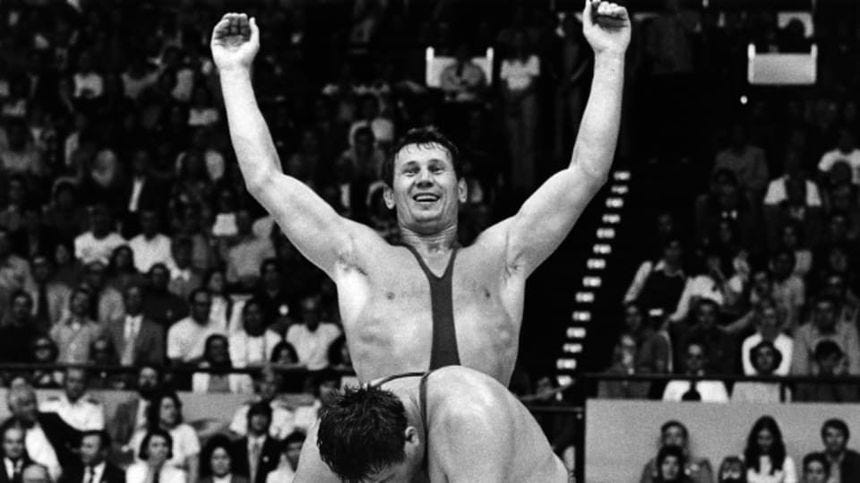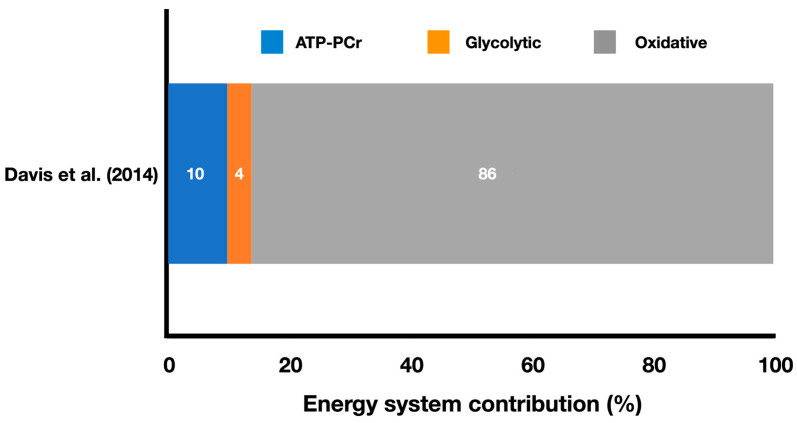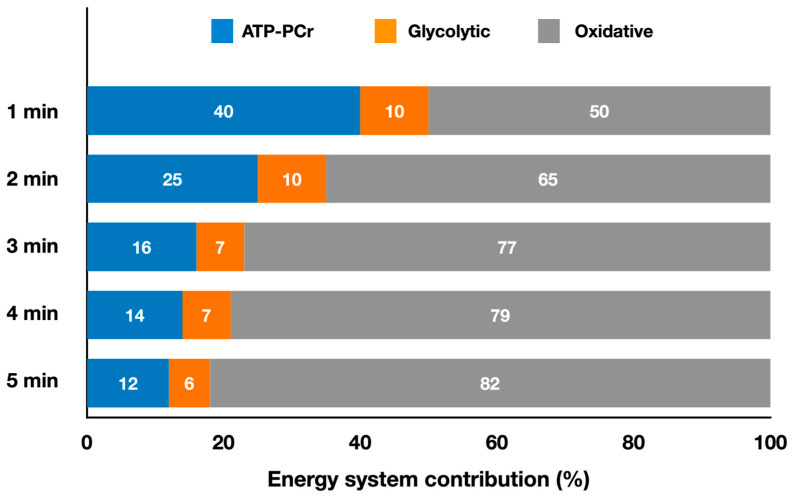“Conditioning” is a complicated topic. Specifically, it is one’s ability to apply their physical fitness to a given task. With that in mind, physicality is absolutely a tool we can and should use in combat / grappling sports. Last week we covered strength, so now let’s look at endurance.

John Danaher has stated that he believes there are three “areas of dominance” in Jiu Jitsu: Pace, Direction, and Set Up. My interpretation or rephrasing of this is:
Techniques (set up)
Tactics (direction)
Physicality (pace)
Technical ability obviously comes from sport specific training, and tactical prowess is even more specific to individual rule sets and opponents. The topic of discussion for this post is conditioning, specifically the domains of:
Strength
Endurance
Capacity
Recently, I updated my “strength expectations” for grapplers and discussed some general benchmarks, terminology, and points of diminishing returns (here).
Generally speaking, we want to be strong enough to reduce our risk of injury and maintain a positive return-on-investment to our sport. That means, that unless strength (or endurance) is your actual sport, there’s going to a point at which you have to invest an amount of time and energy (off the mat) that is disproportionate to the returns you’re seeing (on the mat).
Let’s continue that same discussion into the realm of endurance. You’ll note that I skipped the “capacity” domain for now, because, while it is the most correlated to combat sports, it is the most complex and therefore most difficult to establish benchmarks and standards for.
Endurance is one’s ability to persist. Controversially, Greg Glassman once commented that a 5K is an anaerobic event. Most people think of a 5K (~3 miles) run as an “endurance” or aerobic event.
The point here is that time and distance are relative and they are the hallmarks of endurance. How long and how far are indeed pertinent questions. However, when the discussion shifts to “how fast” we are now talking about output — and that falls under the domain of capacity.
One way to conceptualize endurance is “a pace you can sustain for 60+ minutes.” That doesn’t mean that every training session has a 1 hour minimum. It means that you maintain the discipline to control your pace regardless of the actual duration.
For example, I know for me a “Zone 2” (~60% of MHR) is around 140 bpm — or ~50 RPM on an air bike, or a 3:3 nasal breath. Those outputs and indicators remain consistent whether I’m doing a 10 minute warm up, or a 10 mile grind.
One of my favorite studies (1) reminds us just how relevant and undeniable the importance of an aerobic base is for combat sports. Notably striking is more aerobic than grappling. As I mentioned in the updated strength post, there’s an inherently stronger correlation between grappling and strength than grappling and endurance — because we’re gripping and holding.
Again, again, it’s worth saying that all energy systems (an/aerobic and a/lactic) are all operational all the time.
Typically aerobic ability is measured in terms of VO2max or maximal oxygen uptake. You can roughly estimate your VO2max from your resting heart rate (RHR) — here.
If we look at UFC data from 2018 (2) we can see that a “good” VO2max for men is 60.2, 57.1 is “fair”, 54 is “poor”, and 50.8 is “bad” - respective to professional fighters. For reference, my Garmin watch says I’m at 43 which Garmin tells me is “fair” (40.5+) for a 30-39 year old man, and I’d be in the “good” category at 44+.
Specific to grapplers, I found a few different references that generally provide a VO2max range from the high 30s (35-38) to the low 50s (51-54) (3, 4, 5). Again, we can see that these ranges have some overlap, but are notably below the UFC / MMA which incorporates a large striking element and more sustained periods / rounds than wrestling.
However, heart rates can be a fickle measure, and notable changes in VO2max can take a long time. For relevant benchmarking the, running — literally having to carry your engine — is a simple and repeatable test. Repeat ultra/marathons are grossly impractical for most of the grappling world, so a “moderate” 5K and 10K run should suffice.
Let’s first review the terminology we’re borrowing from the climbing world to establish our respective benchmarks:
Onsight: A benchmark you can achieve at the drop of a hat, on any day, any time of the year. Think baseline fitness.
Flash: A benchmark you can achieve with slight focus and marginal external input. Think training camp.
Redpoint: A benchmark you achieve with significant focus, dedicated practice, and great external input. Think seasonal or annual goals.
Now, let’s apply those to endurance as it pertains to grappling:
Aerobic Fitness:
10K Run:
Expected (Onsight): 1:00:00 (9:39 / mile)
Game-Changer (Flash): 55:00 (8:51 / mile)
5K Run:
Expected (Onsight): 29:31 (9:30 pace / mile)
Game-Changer (Flash): 26:25 (8:30 pace / mile)
These benchmarks are pulled from data on runninglevel.com (5, 6) and typically fall between the high-beginner to low-novice ranges for 20-35 year-old men. For the “expected” values I worked with intervals of ~1 hour (sticking with our definition of endurance).
You’ll note that the “game-changer” values are slightly faster, and that the 10K times are slightly slower (pace) than the 5K times simply because this is what I would call “true Zone 2.”
In other words, you cannot “fake” a faster pace for more than one hour, which is why that time frame is critical. That is an excellent place to leave off for today because such a critical turning point is indeed something that can be trained.
In fact, we might even deem this as one’s “work capacity.” That is, the duration limit of which you can sustain an output greater than your 1-hour / aerobic pace. What we’ve just described is one’s “work capacity.”
#onward





